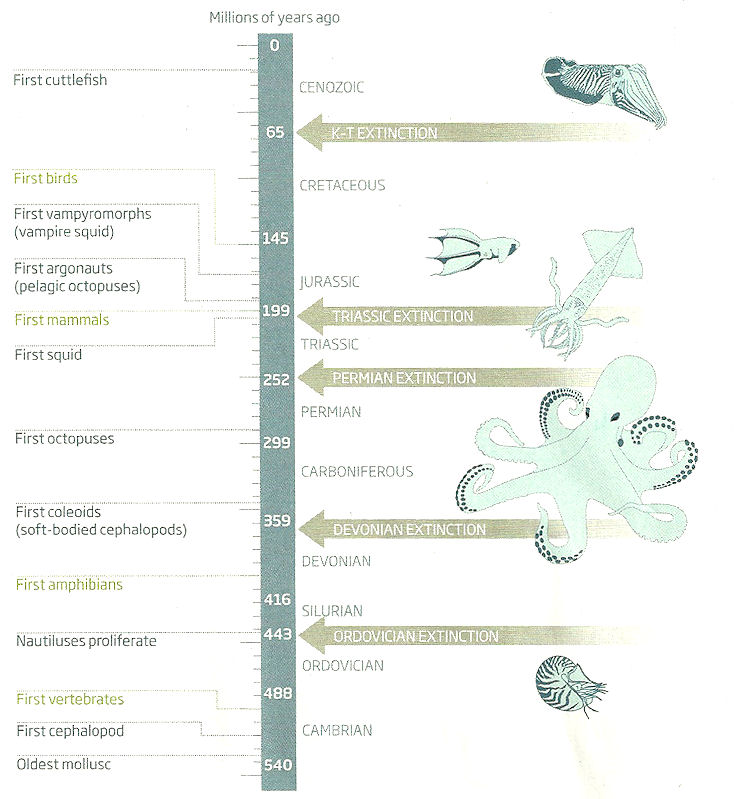

| Home Page | Overview | Site Map | Index | Appendix | Illustration | About | Contact | Update | FAQ |
 |
 |
under which are the broad abilities and further down in the ladder are specialized skills related to the broad abilities. Fluid intelligence is about learning, reasoning and problem solving; while crystallized intelligence is the recollection of previous experiences, such as vocabulary, cultural knowledge, ... The other abilities in the middle of Figure 31c are self-explanatory. By examining wildly separated twins and non-kin adopted into the same home, it is found that heritability (of intelligence) is less than 30% before starting school, rising to 80% among western adults. Thus, nature seems to win over nurture at the end as revealed by IQ tests. IQ test was invented in 1904 to identify children who would fail elementary school without special help. |
Figure 31c Intelligence |
Figure 31d Brain Anatomy and IQ [view large image] |
Today their use can be considered contentious, partly because they do not find equal amounts of intelligence everywhere. It is culturally bias. Figure 31d shows the purported correlations between brain anatomy and IQ. |
 |
 |
The informal definition of intelligence in dictionary is the capacity to acquire and apply knowledge and the faculty of thought and reason. In general it is perceived in terms of memory, reasoning, responsiveness, ... In neuroscience intelligence is vaguely related to brain mass, neural connections, and transmission time, these properties are loosely associated respectively with memory, reasoning, responsiveness in the layman's terms. Recent studies in the 2010's suggest that human intelligence has reached its limits beyond which any attempt for improvement would bring only diminishing returns. |
Figure 31e Brain Mass vs Body Weight |
Figure 31f Limits of Human Intelligence [view large image] |
A more detailed explanation is provided in the followings : |
 |
The class of Cephalopods includes octopuses, squids, cuttlefish, and nautiluses. It is within the phylum mollusks which encompasses such animals like clams, snails, and octopuses. Cephalopods has the distinction of the most intelligent invertebrate on a par with the cleverer vertebrates such as chimps, dolphins, and crows. Although there are differences in synaptic chemicals (they have fewer) and their axons are not covered with myelin, there are lot of similarities between the two kinds as shown in Table 03. If consciousness is defined as the notion of "self" and making decision based on previous experiences, then the cephalopods have at least the rudimentary form as experiments show repeatedly that they can navigate maze, use tools, mimic other species, learn from each other, and solve complex problems (such as eating clams with closed shell and trying to devour a hermit crab with stinging anemone on its back). The earliest ancestor of cephalopods is probably a snail-like creature existed about 500 million years ago. The present day nautilus is a living fossil not much different from those cephalopods in the ancient time. While their brains are nowhere near as complex as their younger relatives, they have many of the same abilities in |
Figure 31g Cephalopods |
learning, memory and spatial awareness. It seems that they have beaten the mammals to develop intelligence by at least two hundred million years (see Figure 31g). |
| Structure | Similarity | |
|---|---|---|
| Location | In the head (unlike the ganglia running along the length of the body in other mollusks) | |
| Lateralization | Brain split into 2 halves connected by a bundle of nerve fibres | |
| Lobes | Brain divided into specialized lobes | |
| Sulcus | The lobes are folded to increase surface area | |
| Neuron Distance | Inter-neuron distances are shorter (than the other mollusks) to allow faster communication | |
| Other Parts | There are corresponding parts to the hippocampus and cerebellum in higher vertebrates |